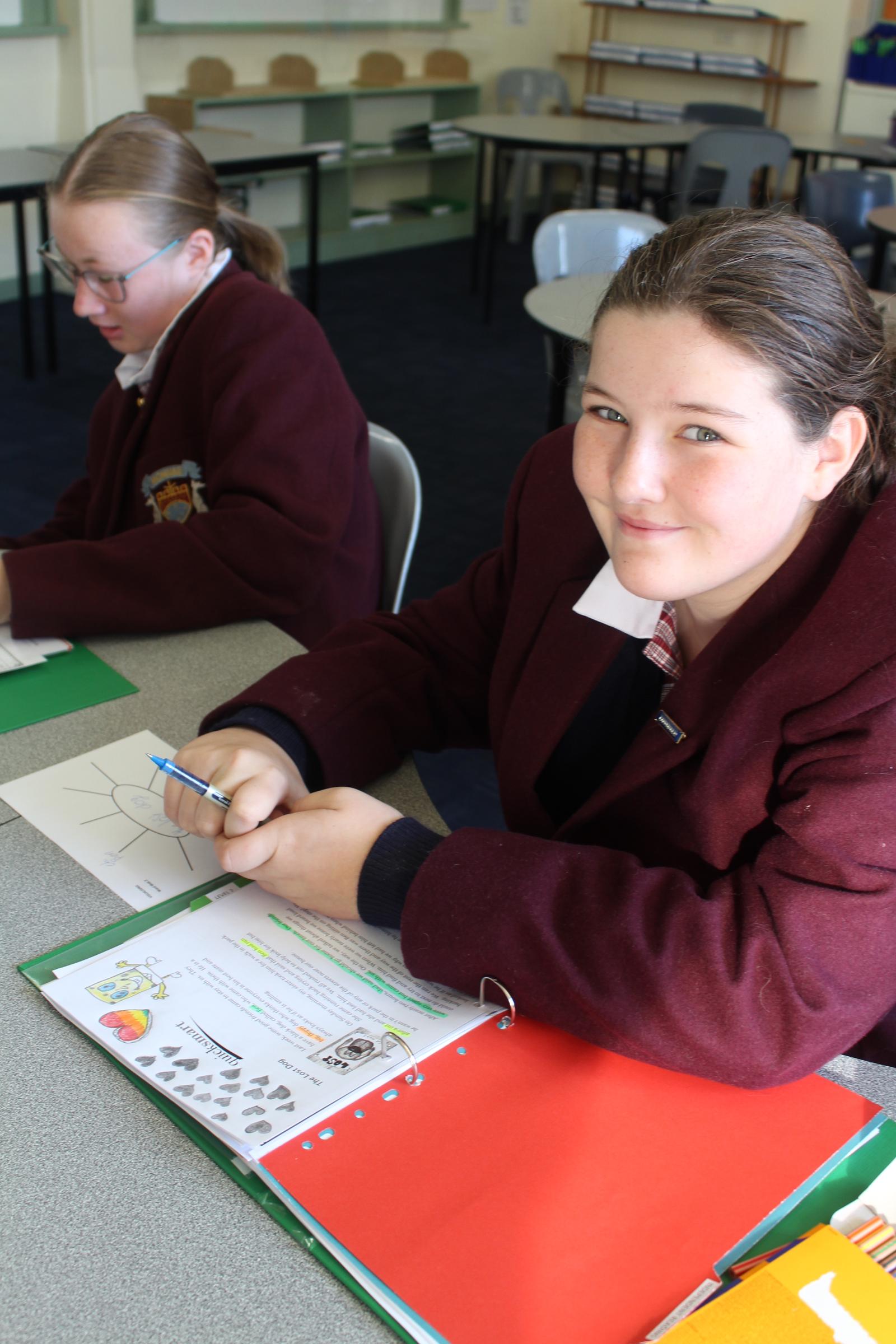Director of Students
Darren Beks

Director of Students
Darren Beks
Teen Vaping
There has been a dramatic rise of e-cigarette use among students in schools across the state.
Quit has developed a series of new resources for parents and teens, highlighting the risks associated with teen vaping and the ways in which tobacco and e-cigarette industries target children and teens.
For more information about e-cigarette use, please see quit@cancervic.org.au
Some of the information from Quit has been included below:
What are e-cigarettes?
E-cigarettes, also known as ‘vapes’, are battery operated devices that work by heating a liquid (or ‘juice’) until it becomes an aerosol that users inhale. Some people mistakenly believe the ‘cloud’ from vaping is a vapour, like steam. It is really an aerosol, a fine spray of chemicals that enter the body via the lungs, and small particles that can lodge in the lungs. Using an e-cigarette is commonly called ‘vaping’.
What's inside an e-cigarette?
1. There are no quality or safety standards for e-cigarettes nor nicotine-free liquids, meaning their manufacture, contents and labelling are unregulated. E-cigarettes can contain nicotine, propylene glycol or glycerine, and flavourings. Hazardous substances have been found in e-cigarette liquids and in the aerosol produced by e-cigarettes. These include: formaldehyde, acetaldehyde and acrolein, which are known to cause cancer. Some chemicals in e-cigarette aerosols can cause DNA damage.
2. It's also important to know most e-cigarettes and e-liquids that are labelled nicotine-free and available for sale in Australia do, in fact, contain nicotine. Nicotine is among the most addictive substances known. Nicotine can harm adolescent brain development and impair memory and concentration.
What can you do?
Here are some things you can do if you are concerned about a young person vaping:
1. Learn the facts
2. Have a conversation
3. Approach the conversation calmly, and ask questions. Try not to lecture or judge. The Royal Children's Hospital provides recommendations for parents on how to talk to teenagers about e-cigarettes.
Darren Beks
Director of Students